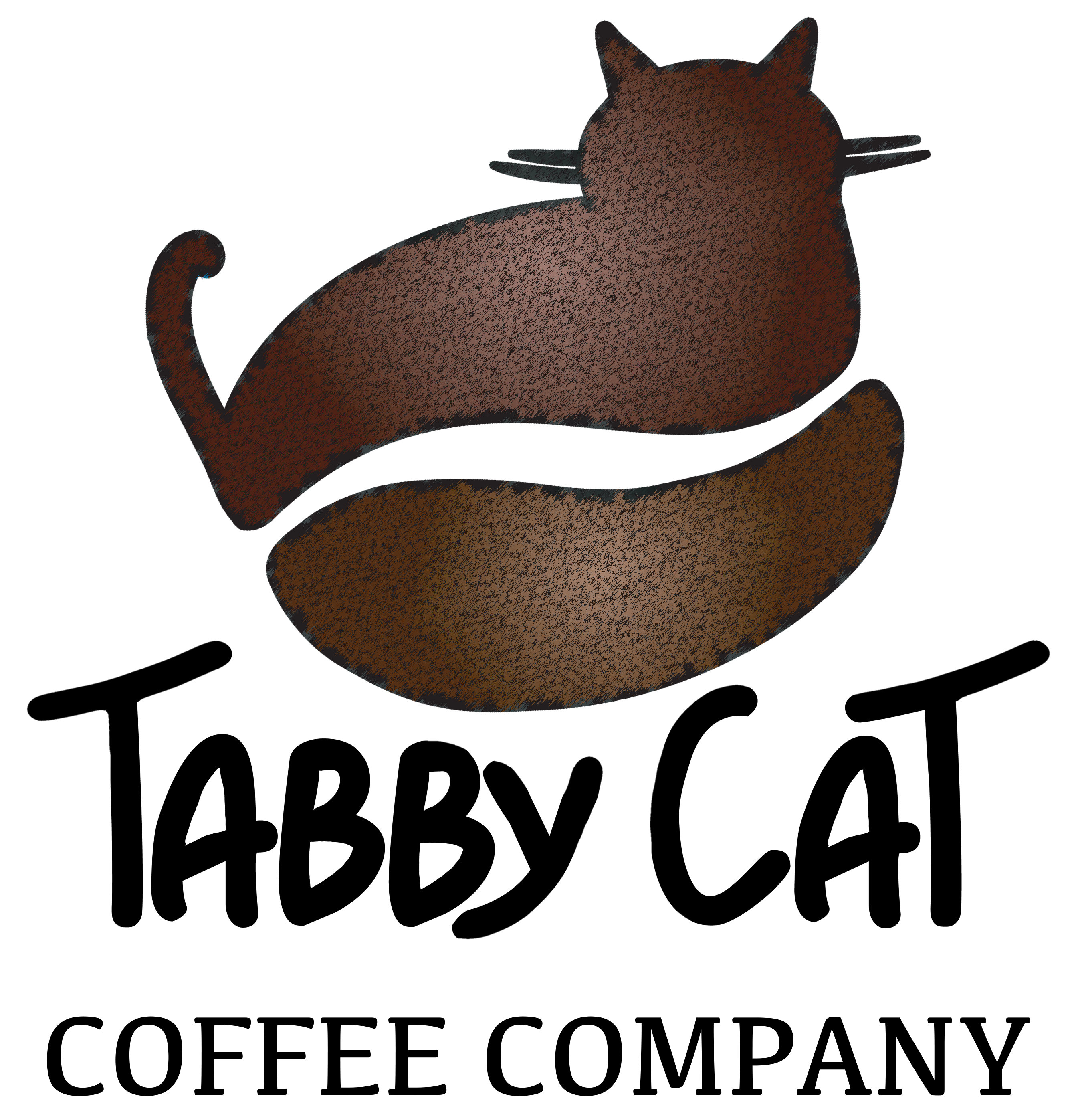From our friends at Morris Animal Foundation comes this informative article about blood clots in cats, the dangers, and what to look out for.
Updated October 6, 2022 – Blood clotting is an important survival mechanism for both people and pets. Without it, any small bump or cut could be fatal. However, blood clots that form when they shouldn’t can be dangerous and even life-threatening.
An abnormal clot can travel to any part of the body where it can lodge in a blood vessel, cutting off the blood supply to the affected area. If a clot is small, the injury might go unnoticed, but if the blood clot is big enough, it can cause serious or permanent damage, even sudden death.
Any animal can develop an abnormal blood clot, but the problem is especially significant for cats with heart disease. All cat caretakers need to know how these blood clots form to protect their cats and be ready to act if they suffer from a blood clot formation.
Blood Clotting System Has Two Main Processes
The blood clotting system is a complex but amazing process that is constantly on alert to stop any type of bleeding almost anywhere in the body. A brief overview of how this system works is important for understanding the different treatment options available to stop blood clots from forming.
It’s tempting to think of coagulation as one process, but there actually are several components and steps to the blood clotting system. We can simplify a complex process into two main pieces:
- Primary hemostasis – the end result of this process is the formation of a platelet plug. This plug forms quickly after injury and is the body’s attempt to temporarily stop bleeding.
Platelet plugs are beneficial but they’re not super strong. That’s where the next step of the process of stopping bleeding comes in.
- Secondary hemostasis – special proteins known as coagulation factors are triggered to become activated, ultimately leading to the production of fibrin which binds to the platelets in the plug to strengthen the plug, resulting in a blood clot.
An interesting aspect of the blood clotting system is that even as a clot is strengthening, other factors are stimulated to begin to break down the clot, a process known as fibrinolysis. The two processes provide a balance between clot formation and subsequent break-down during healing.
Treatment for Blood Clots
Many people are familiar with medications often referred to as “blood thinners.” These drugs are used to prevent excessive blood clot formation, especially in diseases where abnormal blood clot development can lead to a stroke.
While we don’t use the term “stroke” in veterinary medicine since the processes leading to this condition are not the same as in people, pets have benefited from the large array of medications developed for people.
Some medications alter platelet function by making them less “sticky.” Low dose aspirin works this way as does clopidogrel (also known as Plavix).
Other medications target secondary hemostasis. Drugs in this category include warfarin (coumadin), rivaroxaban (Xarelto) and apixaban (Eliquis).
Another type of drug used extensively in human medicine is “clot-busters,” drugs used as an emergency treatment for people with strokes. While these medications have proven remarkably effective in humans, their use in veterinary patients hasn’t been as promising and are associated with serious side effects.
To read more from the article by Morris Animal Foundation click here.






